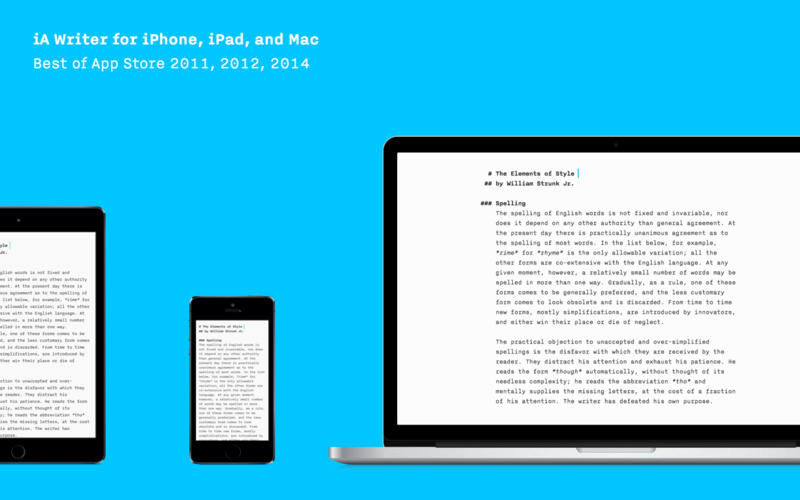

So I wanted to move back to Scrivener, but I wanted to keep all the benefits of Bookdown – namely, having my R code included in the document to produce plots/tables, rather than importing images or copying/pasting tables into Scrivener each time I iterated on my code. Not the end of the world, but just not as easy as Scrivener. This just wasn’t practical in plain text files, as I’d have to re-number everything if I wanted to insert something between two existing files, or just live with cutting and pasting paragraphs within docs. But, in Scrivener I would often work as small as the paragraph level, dragging and dropping chunks of text around to see what flowed best in the overall document. In particular, Bookdown reassembles these files in the order they are listed in the directory, so I ended up numbering all my files (01-intro.Rmd, 02-litreview.Rmd, 03-method.Rmd, etc).

I initially tried having separate plain text files to break up the text into sections to work on, but although Bookdown would stitch these back together into one final piece fine, they weren’t easy to work with. In particular, I missed the ability to segment my work into an outline structure. But, as my last big writing project got bigger, and bigger 1, I found myself missing a lot of the writing project management tools from my previous preferred writing app – Scrivener. It’s a great plain editor – I’m using it to write this post now.

As I recommended in that post, I’ve been using iA Writer as my main text editor. Inclusion of artwork, and process or spot colour.In my last post on Bookdown, I mentioned using writing environments other than RStudio to work on non-code text sections.Automatic generation of bibliographies and indexes.Advanced typesetting of mathematics with AMS-LaTeX.Typesetting of complex mathematical formulas.Control over large documents containing sectioning, cross-references, tables and figures.Typesetting journal articles, technical reports, books, and slide presentations.The document consists of a title followed by the text Hello world!.Its title is Cartesian closed categories and the price of eggs.So, in LaTeX you would input this document as: \documentclass LaTeX is based on the idea that it is better to leave document design to document designers, and to let authors get on with writing documents. This has two results: authors wasting their time with designs and a lot of badly designed documents! To produce this in most typesetting or word-processing systems, the author would have to decide what layout to use, so would select (say) 18pt Times Roman for the title, 12pt Times Italic for the name, and so on. For example, consider this document: Cartesian closed categories and the price of eggs LaTeX is not a word processor! Instead, LaTeX encourages authors not to worry too much about the appearance of their documents but to concentrate on getting the right content. It is most often used for medium-to-large technical or scientific documents but it can be used for almost any form of publishing. LaTeX, which is pronounced «Lah-tech» or «Lay-tech» (to rhyme with «blech» or «Bertolt Brecht»), is a document preparation system for high-quality typesetting.


 0 kommentar(er)
0 kommentar(er)
